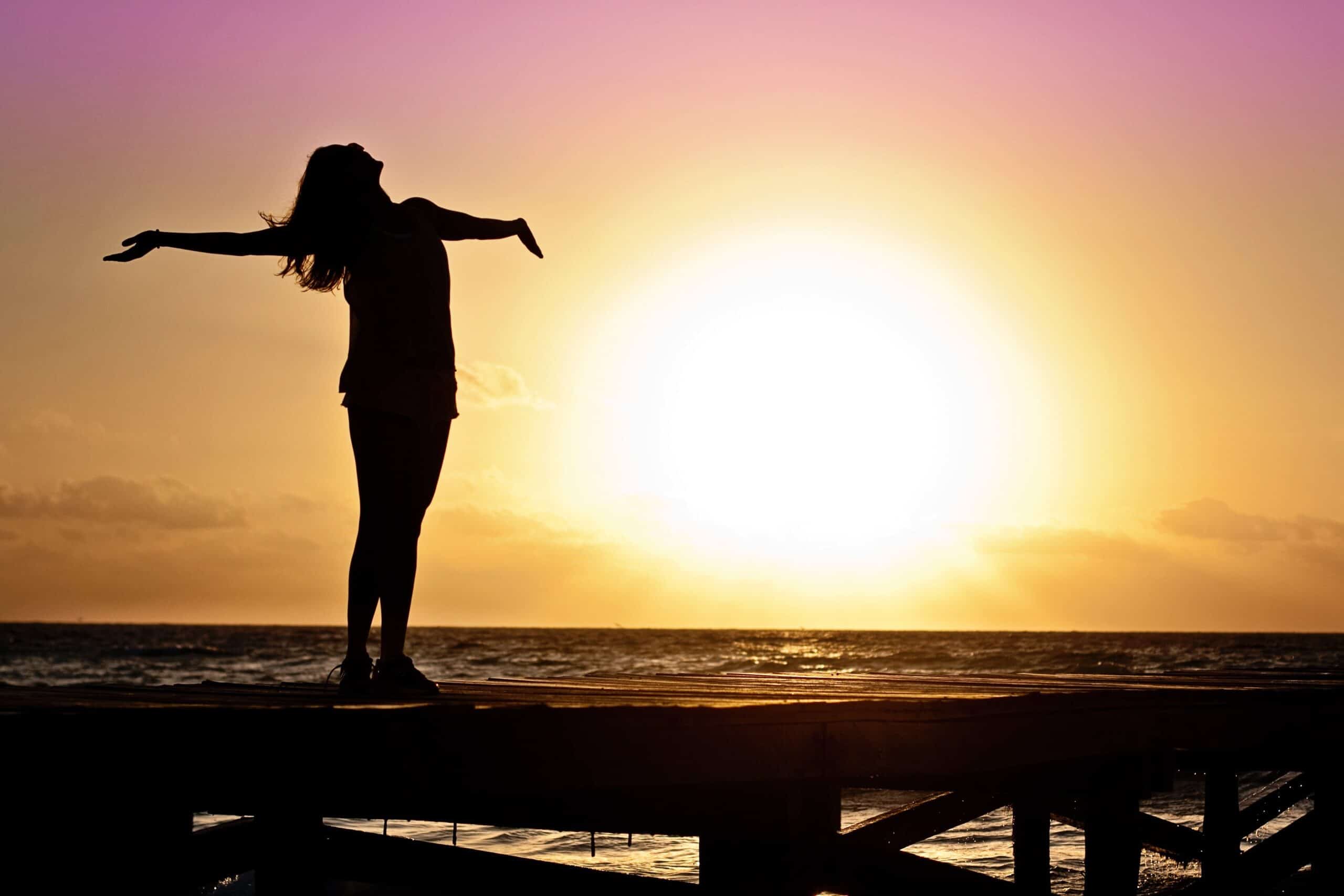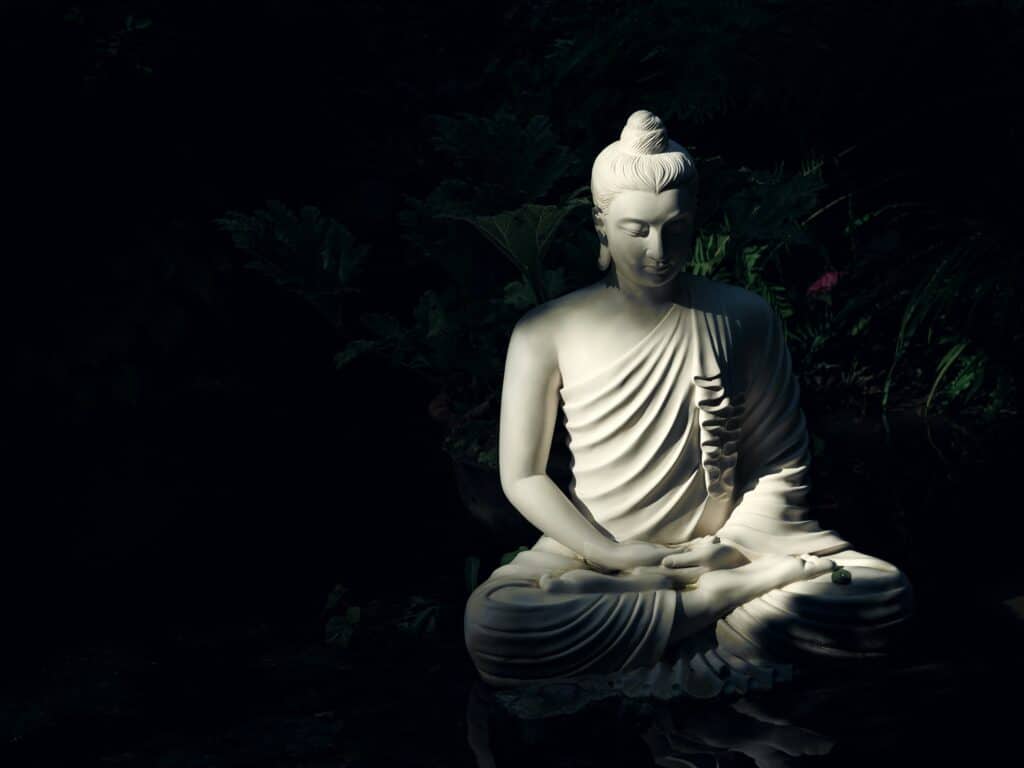Understanding Urge Surfing
Urge surfing is a mindfulness technique that involves observing and acknowledging your urges and emotions without acting on them. It’s like watching a wave rise and fall, acknowledging its presence but not getting pulled under. Urge surfing and anxiety reduction is not necessarily the primary application of the technique for clinicians, however like with habits or addictive behaviours, urge surfing can be useful in managing anxiety, as it teaches us to observe our anxious thoughts and feelings without being overwhelmed by them. Learn more about mindfulness techniques here.
The Science Behind Urge Surfing and Anxiety
Research has shown that mindfulness practices, including urge surfing and anxiety reduction strategies, can significantly reduce symptoms of anxiety. A study published in the Journal of Clinical Psychology found that mindfulness-based interventions can lead to reductions in anxiety symptoms. By practicing urge surfing and anxiety reduction, individuals learn to detach from their anxious thoughts, viewing them as temporary and manageable. Explore scientific research on mindfulness.
Another study in the Journal of Behavioral Therapy and Experimental Psychiatry suggests that mindfulness techniques like urge surfing can alter the way the brain processes anxiety-related thoughts, leading to a decrease in anxiety levels. This neuroscientific perspective supports the effectiveness of mindfulness in managing anxiety. Read about the neuroscience of mindfulness.

How to Practice Urge Surfing
- Notice the Urge: Begin by becoming aware of your anxious thoughts or feelings. Acknowledge their presence without judgment.
- Observe Without Reacting: Pay attention to how the anxiety feels in your body. Notice any physical sensations without trying to change them.
- Ride the Wave: Imagine your anxiety as a wave. Visualise yourself surfing on it, staying on top as it rises and falls.
- Let It Pass: Allow the wave of anxiety to rise and fall naturally. Observe how it eventually diminishes on its own.
Benefits of Urge Surfing for Anxiety
- Reduces Reactivity: By observing your anxiety without reacting, you learn to respond to stressful situations more calmly.
- Increases Awareness: Urge surfing heightens your awareness of how anxiety affects your body and mind.
- Builds Emotional Resilience: Regular practice strengthens your ability to cope with anxiety, making you more resilient over time.
Urge Surfing and Anxiety Reduction in Daily Life
To effectively manage anxiety, it’s important to incorporate urge surfing into your daily routine. This could be through dedicated mindfulness practice or by simply applying the technique during moments of stress. Many therapists incorporate urge surfing into Cognitive Behavioural Therapy (CBT) and other therapeutic approaches based on the evidence base of the technique’s effectiveness as demonstrated in clinical research. Learn about CBT and mindfulness.
Supporting Research and Resources
The effectiveness of urge surfing in managing anxiety is backed by a wealth of scientific research. This research underscores the importance of mindfulness in altering emotional responses and improving mental health outcomes.
The Harvard Mental Health School outlines the benefits of mindfulness meditation for anxiety, providing a broader context for urge surfing within the spectrum of mindfulness practices. This resource offers valuable insights into how mindfulness can be a transformative tool for mental health, particularly in dealing with anxiety and stress. Explore the Harvard Mental Health School.
For practical guidance and further reading, “Practical Mindfulness” by DK, edited by Psy.D Ken A. Verni, is an excellent resource. This book offers a hands-on approach to mindfulness, with a focus on practical exercises and techniques, including urge surfing. It’s designed to help readers integrate mindfulness into their daily lives, making it a valuable tool for those looking to manage anxiety effectively. Discover “Practical Mindfulness”.
Urge Surfing Takeaways
Urge surfing offers a powerful tool for managing anxiety, empowering individuals to face their fears with a sense of control and calmness. By practicing this technique, you can learn to ride the waves of anxiety, rather than being overwhelmed by them. Embracing the discipline of mindfulness-based practices can help you to discover a more peaceful and resilient way of living. If you found this post informative, please share it and take a look at our others here.




